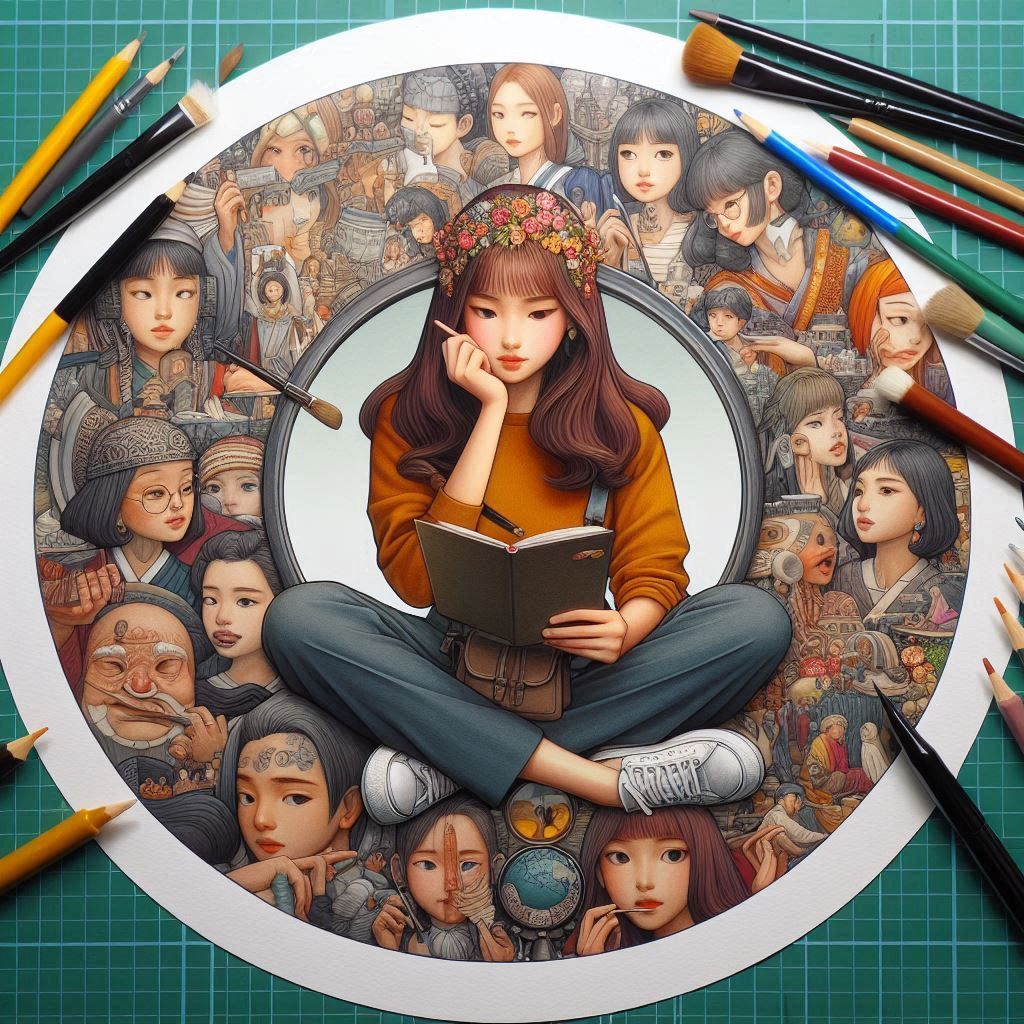@Syakt513fd9bea8 Thank you for raising this important topic around integrating intangible cultural heritage (ICH) into the classroom.
Incorporating ICH into the curriculum can be a valuable way to expose students to the rich cultural traditions and practices of diverse communities. However, as you noted, the experiential and participatory nature of ICH can present challenges in a traditional classroom setting. Here are some ideas on how educators can effectively integrate ICH while leveraging technology:
-
Immersive multimedia experiences: Use technology to create immersive multimedia experiences that allow students to virtually "participate" in ICH practices. This could include:
- Interactive videos featuring demonstrations of traditional crafts, music, or dance with opportunities for students to follow along.
- Virtual field trips to cultural sites or events where students can observe and learn about rituals, storytelling, and other living traditions.
- AR/VR applications that enable students to virtually interact with and explore ICH in an experiential way.
-
Collaborative online platforms: Utilize collaborative online platforms that enable students to engage directly with ICH practitioners and community members. This could involve:
- Video conferencing sessions where students can interview artists, musicians, or elders about their cultural traditions.
- Online discussion forums where students can share their reflections and questions about ICH with peers and experts.
- Co-creation projects where students work with community members to document, preserve, or even recreate aspects of intangible heritage.
-
Digitized archives and resources: Provide access to digitized archives, databases, and educational resources that showcase ICH. This could include:
- Online repositories of traditional music, dance performances, and storytelling recordings.
- Interactive timelines or digital exhibits that trace the history and evolution of specific ICH practices.
- Curated collections of ICH-related materials (e.g., photographs, articles, videos) for students to explore.
-
Hybrid learning experiences: Combine online/digital components with hands-on, in-person experiences when possible. This could involve:
- Field trips to local cultural centers, museums, or community events where students can directly engage with ICH practitioners.
- Workshops or masterclasses led by ICH experts where students can participate in traditional crafts, music, or dance.
- Collaborative projects that blend digital documentation and research with tangible outputs, such as student-created exhibits or performances.
The key is to find ways to make ICH accessible, engaging, and interactive for students, while still honoring the living, experiential nature of these cultural traditions. Leveraging technology can help bridge the gap between the classroom and the community, fostering a deeper understanding and appreciation for intangible cultural heritage.
